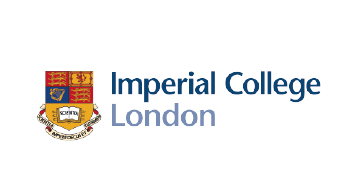Humans have been altering the genetic code of plants and animals for millennia, by selectively breeding them towards desirable features. However, it was the increasing comprehension of the genetic code from the 1960s onward, – in 1962 The Nobel Prize in Physiology or Medicine was awarded to F. Crick, J. Watson and M. Wilkins "for their discoveries concerning the molecular structure of nucleic acids and its significance for information transfer in living material” – that enabled an engineer-like precision manipulation of leaving organisms. The genetic code, a long string of DNA, stores all the relevant information for the cell functioning and by altering this code we can reprogram the cell behavior. We can, for example, select from one organism some DNA pieces that code for useful features, and add them into another organism or cell (the host). Recent advances have also enabled scientists to create new sequences of DNA from scratch, allowing the organisms to perform totally new tasks - like produce biofuels or excrete the precursors of medical drugs. Such reprogramming of the organism starts from few simple alterations of its genetic code. These genetic modifications, part of the genetic engineering, can be:

1. Insertion of an existing DNA sequence in a host genome by isolating and copying the genetic material from another organism;
2. Insertion of a new DNA sequence, designed and synthesized artificially;
3. Deletion of an existing sequence from the genome;
4. Substitution of a DNA sequence in the organism’s genome, for example by changing a single nucleotide base (point mutation).
The altered geneticcode is translated by the cell/organism into altered functionalities: for example, by inserting a gene that codes for a protein the host organism has an extra protein. Similarly, by mutating the DNA sequence that encodes for a protein consequently mutates the protein itself, altering its structure and its function. If the altered protein is responsible for some of the chemical transformations that happen inside the cell, the metabolism of the cell is affected and changes consequently, leading to another branch of synthetic biology: the metabolic engineering.
Genetic manipulation needs a model organism that has a relatively simple metabolism and genetic organization. Single-celled organisms like bacteria are the most suitable; among them, the most studied and well-understood are E. coli, which can be genetically manipulated very easily, or cyanobacteria, , which can naturally obtain the energy through photosynthesis. There are many applications that illustrate the benefits of these genetically modified simple organism, for example, the project E.Chromi in which a genetically modified E.coli turns into a colorful disease monitoring system.
E. Chromi - In 2009, seven Cambridge University undergraduates spent the summer genetically engineering bacteria to secrete a variety of colored pigments, visible to the naked eye. Their collaboration with a team of designers produced E. chromi, a disease monitoring system.






